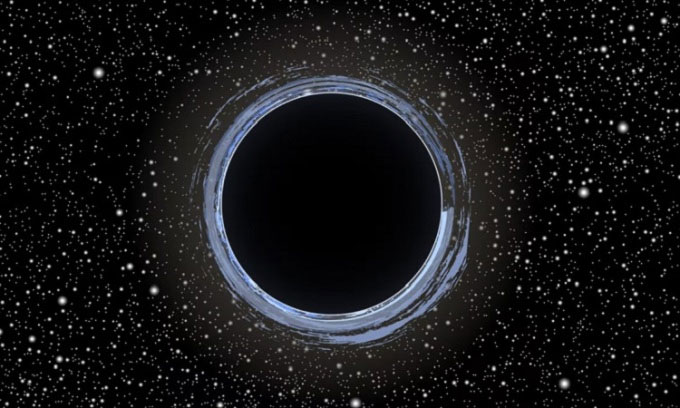Astronomers Discover a Black Hole 12 Times the Mass of the Sun, Quietly Hidden 1,550 Light-Years from Earth.

Black holes are difficult to detect against the dark backdrop of the universe. (Photo: Depositphotos)
To uncover how many black holes are lurking in the universe, a team of astronomers analyzed data from nearly 200,000 binary star systems identified by the Gaia mission. Among these, they looked for signs of a star orbiting an unseen massive object. As an object so dark that light cannot escape, a black hole is challenging to detect against the pitch-black backdrop of the universe. They are only known through the flashes emitted when they consume dust and gas, swallow stars, or collide with one another.
According to Dr. Sukanya Chakrabarti, the lead researcher, the most promising candidates were studied further by measuring the light spectrum of the star, using a range of instruments including the Keck Observatory in Hawaii and the Giant Magellan Telescope in Chile. If a black hole is present, the research team can detect it through the gravitational effects of the black hole on the light spectrum of the star in orbit. Using this method, they particularly focused on a visible star with a mass smaller than the Sun, orbiting an object 12 times the mass of the Sun. The star completes one orbit every 185 days.
“The gravitational pull of the black hole on the visible star can be determined from the spectral measurements,” Chakrabarti stated. “Through analyzing the star’s velocity, we can infer the size of the companion black hole and its orbital period.”
The research team estimates that the black hole is located 1,550 light-years from Earth. Currently, an object in the V Puppis star system is only 960 light-years away from Earth but has yet to be confirmed as a black hole. Chakrabarti and her colleagues have submitted their research findings to the Astrophysical Journal.


















































